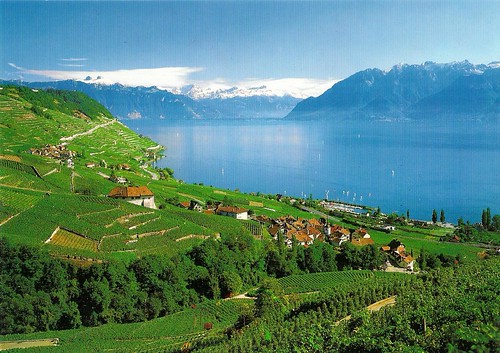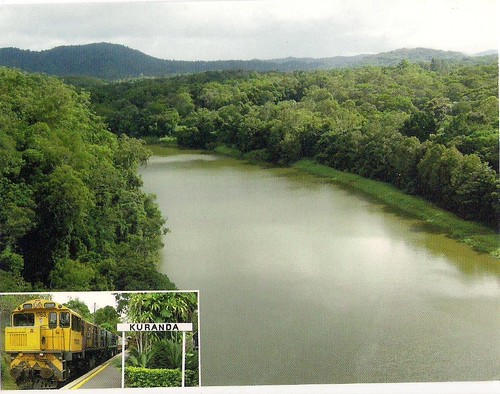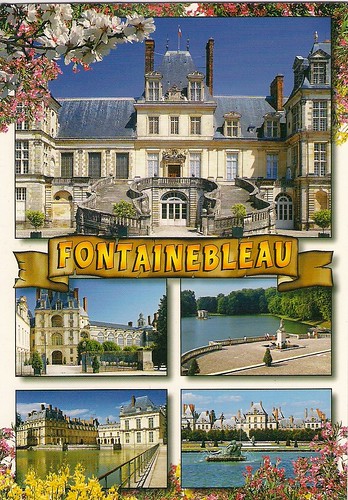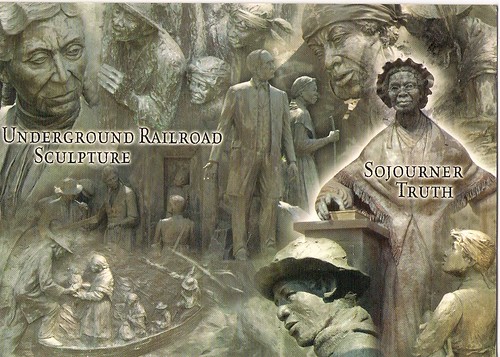Lake Geneva,Switzerland
Vineyards between Lausanne and Vevey.
The Lavaux is a region in the canton of Vaud in Switzerland, in the district of Lavaux. It was built mostly by monks about 800 years ago and consists of 830 hectares of terraced wineyards. It benefits from a temperate climate, but the southern aspect of the terraces with the reflection of the sun in the lake and the stone walls gives a mediterranean character to the region. The main wine grape variety grown here is the Chasselas.
Under cantonal law, the vineyards of the Lavaux are protected from development. Since July 2007, the Lavaux is one of the UNESCO World Heritage Sites.























